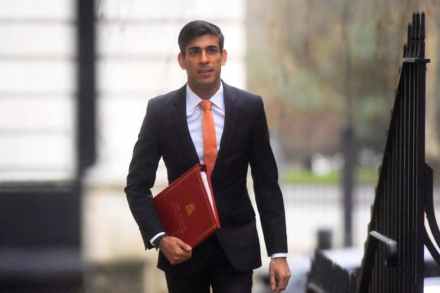The return of the Young Fogey
At a recent lunch where I was sitting next to A.N. Wilson I couldn’t help but take a good look at his suit. After all, this was the man often described as the original Young Fogey. He was dressed perfectly well in an austere two-piece, though while I (ever the try-hard) was sporting a pocket square, he was without one. On another occasion, chatting to Charles Moore in the colonial surrounds of the Foreign Office’s Durbar Court, the Lord was indistinguishable in dress from the other mandarins and journalistic bigwigs there. In bygone days, a Young Fogey such as he would have donned a seersucker suit and shantung silk tie













